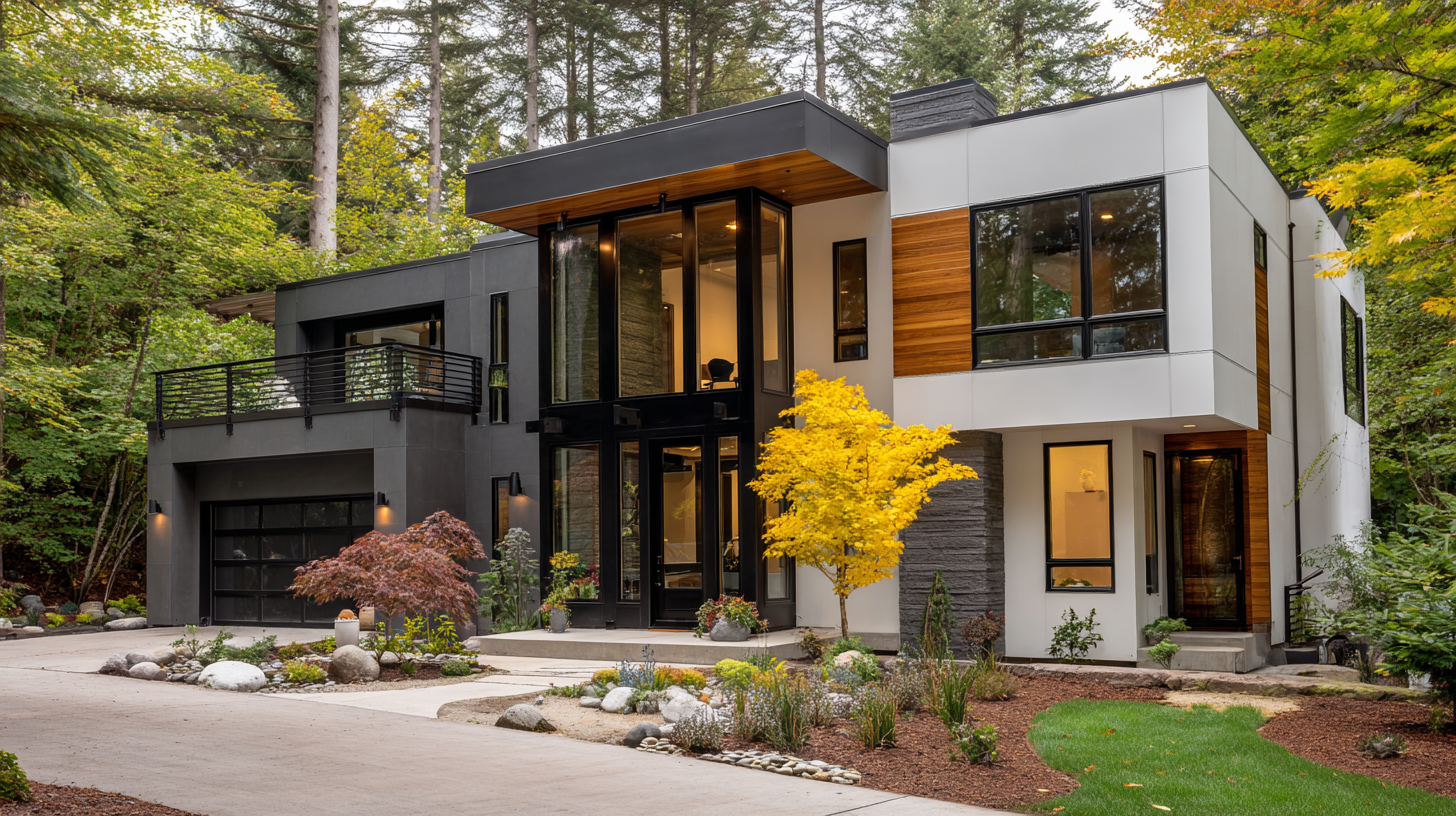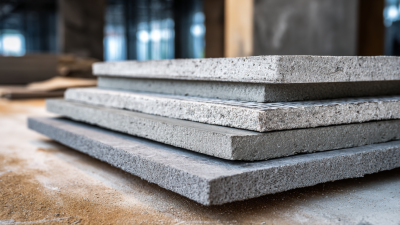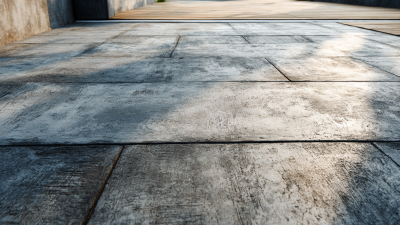The Ultimate Guide to Choosing Fiber Cement Panels for Your Next Home Project
When embarking on a home renovation project, selecting the right materials is crucial for both durability and aesthetics.
Fiber Cement Panels have emerged as a preferred choice among homeowners and architects alike, thanks to their remarkable blend of performance and style.
According to a report by the National Association of Home Builders, fiber cement siding can last over 50 years and requires minimal maintenance, significantly outperforming traditional materials.
Furthermore, the Global Market Insights report projects that the fiber cement market will reach USD 23 billion by 2024, indicating a growing preference for sustainable and resilient building solutions.
As you navigate through the myriad of options for your next home project, understanding the properties and benefits of Fiber Cement Panels will empower you to make informed decisions that enhance both your home's value and its aesthetic appeal.
Understanding Fiber Cement Panels: Definition and Composition
Fiber cement panels have gained popularity in home construction due to their unique composition and durability. These panels are typically made from a mixture of cement, sand, cellulose fibers, and other additives, which provide strength and resilience against environmental factors. The incorporation of cellulose fibers not only enhances the product’s flexibility but also contributes to its sustainable attributes, making fiber cement an excellent choice for eco-conscious builders.
As the demand for sustainable building materials rises, fiber cement panels have emerged as a preferred option among homeowners and builders alike. With properties that allow for waterproofing, fire resistance, and minimal maintenance, these panels can be used in a variety of applications, from exterior siding to interior finishes. The ongoing evolution in manufacturing practices has also helped enhance their aesthetic appeal, allowing designers to create stylish and functional spaces that stand the test of time. Through a commitment to sustainable practices, brands have positioned themselves at the forefront of this growing market, further emphasizing the importance of fiber cement in modern construction projects.
Key Benefits of Fiber Cement Panels in Residential Construction
Fiber cement panels have become increasingly popular in residential construction due to their myriad of benefits. One of the key advantages is their durability. Unlike traditional materials, fiber cement is resistant to warping, cracking, and rot, making it an excellent choice for various weather conditions. Homeowners can enjoy peace of mind knowing that their siding will withstand harsh elements, ensuring long-lasting protection for their homes.
In addition to durability, fiber cement panels are also low maintenance. They do not require frequent painting or sealing, which can save homeowners both time and money in the long run. Furthermore, these panels are fire-resistant, providing an added layer of safety. With a variety of styles and finishes available, fiber cement panels can also enhance the aesthetic appeal of any home, giving it a modern and sophisticated look while ensuring it remains functional for years to come.
The Ultimate Guide to Choosing Fiber Cement Panels for Your Next Home Project
| Benefit |
Description |
Durability |
Maintenance |
| Weather Resistance |
Resistant to harsh weather elements such as moisture and UV rays. |
High |
Minimal |
| Fire Resistance |
Non-combustible and can withstand high temperatures without burning. |
High |
Minimal |
| Aesthetic Flexibility |
Available in various styles and finishes to complement any design. |
Moderate |
Regular painting needed |
| Pest Resistance |
Does not attract pests like termites and rodents. |
High |
Minimal |
| Sustainability |
Made from sustainable materials and can be recycled at the end of its life. |
Moderate |
Dry cleaning recommended |
Comparative Analysis: Fiber Cement Panels vs. Traditional Siding Materials
When comparing fiber cement panels to traditional siding materials like vinyl, wood, and brick, several key factors come into play. Fiber cement panels stand out due to their durability and resistance to the elements. Unlike wood, which can warp and rot over time, fiber cement is impervious to moisture and does not suffer from insect damage. This longevity makes it an appealing option for homeowners seeking lower maintenance solutions.
Moreover, while vinyl siding is known for being lightweight and affordable, it can fade over time and lacks the textured look that many homeowners desire. Fiber cement, conversely, offers a variety of textures and colors, providing a more aesthetically pleasing alternative without sacrificing resilience. Traditional materials like brick may be sturdier, but they come with higher installation costs and restrictions on design choices. Ultimately, when it comes to a balance of style, durability, and cost-effectiveness, fiber cement panels present a compelling choice against the backdrop of traditional siding options.
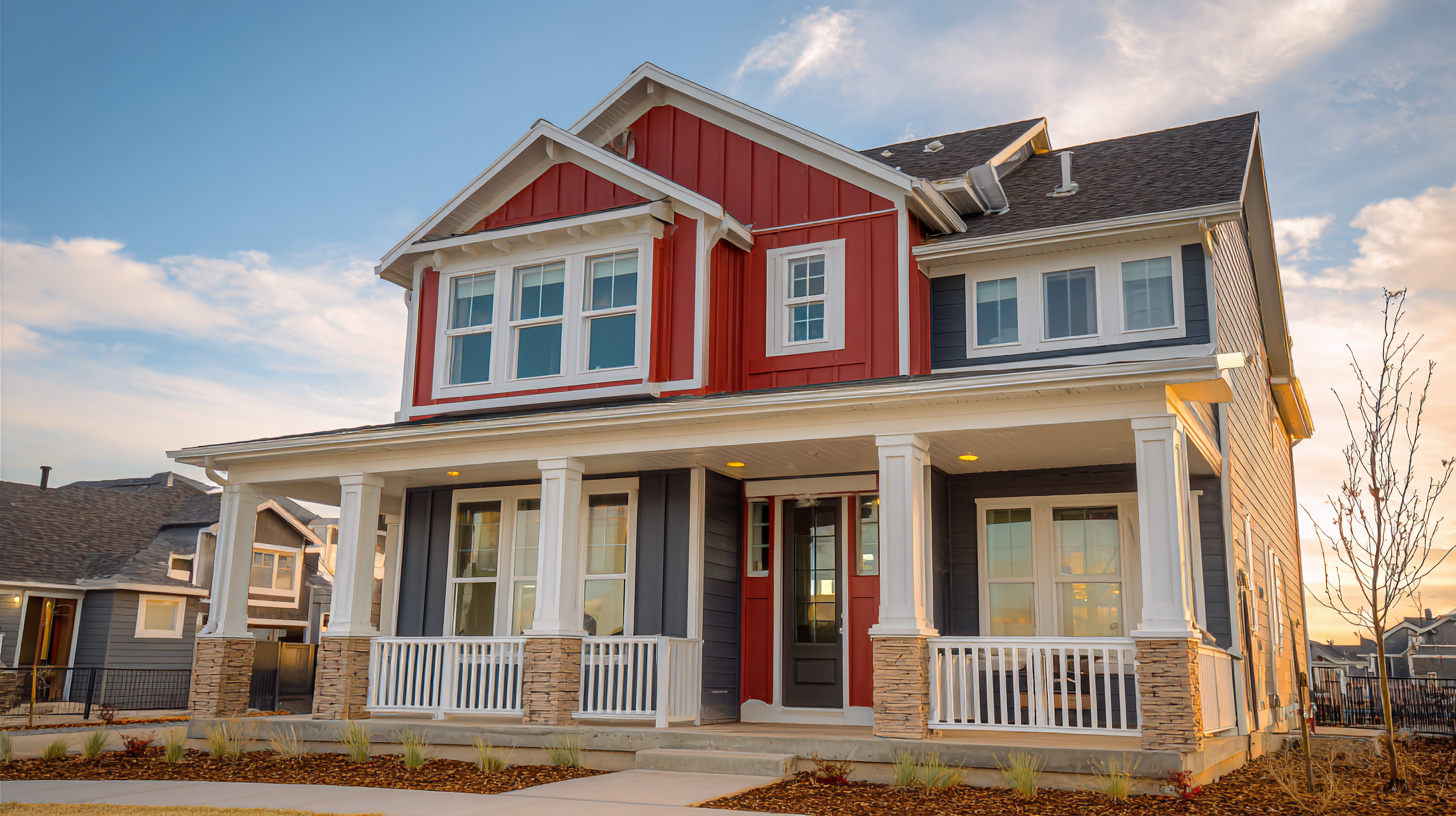
Industry Trends: Market Growth and Fiber Cement Panel Innovations
The building materials industry is undergoing significant transformations, particularly in the
fiber cement panel sector. With a rising demand for innovative and sustainable construction materials, the market for fiber cement panels is witnessing robust growth.
Industry reports indicate that the global market for green building materials and technologies is expected to surpass $190 billion by 2036, largely driven by advancements like low-carbon concrete and smart systems. This trend reflects a shift towards more environmentally friendly options, aligning with global initiatives for sustainability in construction.
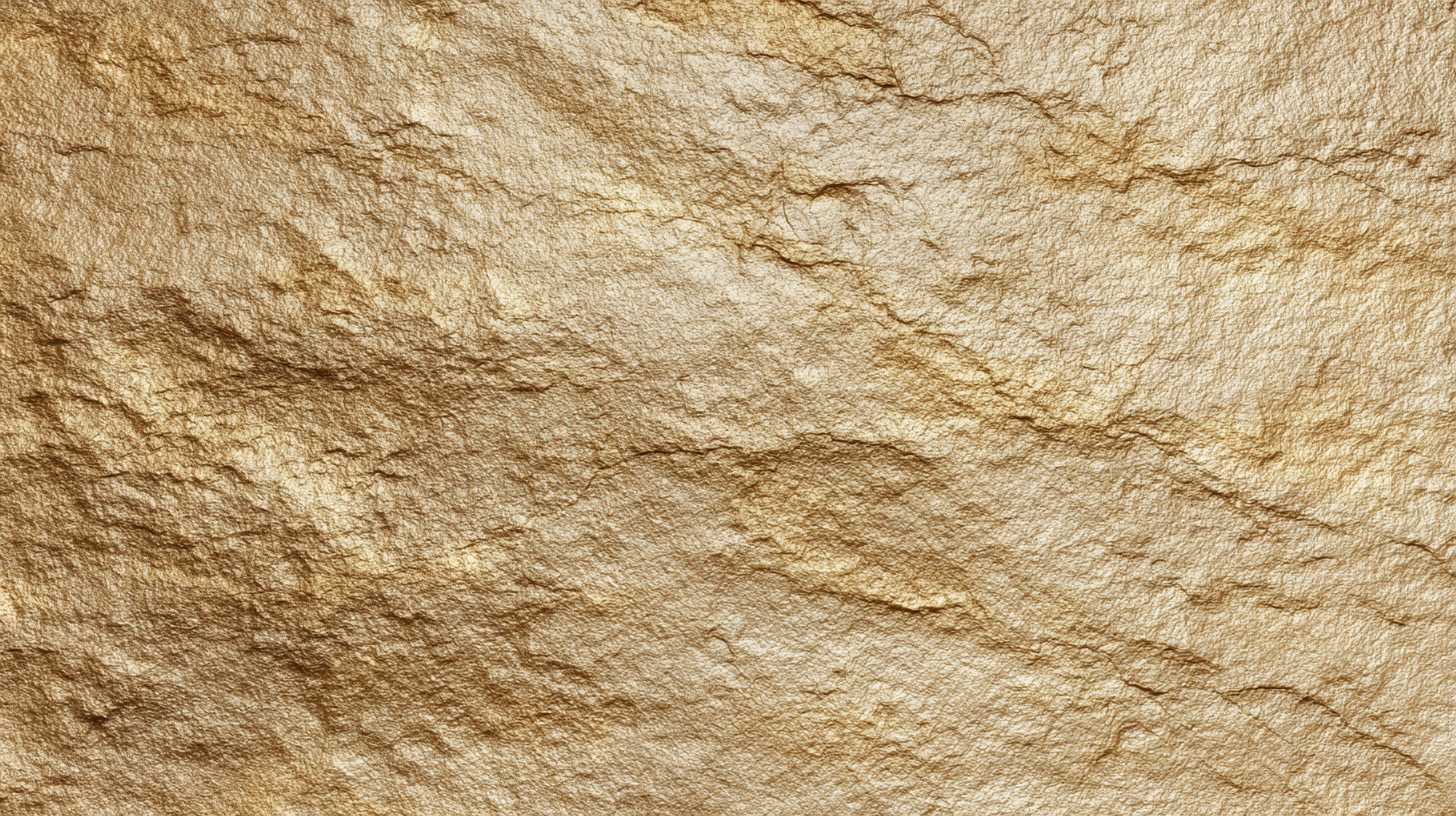
Additionally, the growth of the catch basin drain market, projected to reach $2.8 billion by 2035, showcases a broader trend towards smart drainage systems in building projects. This indicates a significant opportunity for innovation and efficiency within the industry.
Companies are now focusing on integrating smart technologies into their offerings to enhance performance and reduce environmental impact. As such, identifying the right materials, such as fiber cement panels, is crucial for builders looking to stay ahead in this evolving landscape.
Installation Best Practices and Maintenance Tips for Longevity
When installing fiber cement panels, following best practices is essential to ensure not only a seamless finish but also the longevity of the materials. Begin by ensuring that the underlying structure is clean, dry, and well-prepared to receive the panels. Using a level is crucial to ensure that the panels are installed evenly, which helps prevent water infiltration and other issues. It’s advisable to leave space for expansion and contraction, especially in climates with significant temperature fluctuations. Make sure to use the appropriate fasteners for the specific type of fiber cement panel, as using incompatible materials can lead to degradation over time.
Maintenance of fiber cement panels contributes significantly to their lifespan. Regular inspections should be conducted to identify any signs of wear, such as cracks, chips, or signs of moisture damage. Cleaning the panels biannually with a mild detergent and water will help remove dirt and prevent mildew growth. Additionally, maintaining a protective coating or paint can enhance durability and aesthetic appeal. For areas subject to heavy weathering, consider applying a weather-resistant sealant. Following these installation and maintenance tips will help ensure that your fiber cement panels remain in excellent condition for years to come.
The Ultimate Guide to Choosing Fiber Cement Panels: Usage and Maintenance Insights

Products
About Us
Download
News
Blog
Contact Us
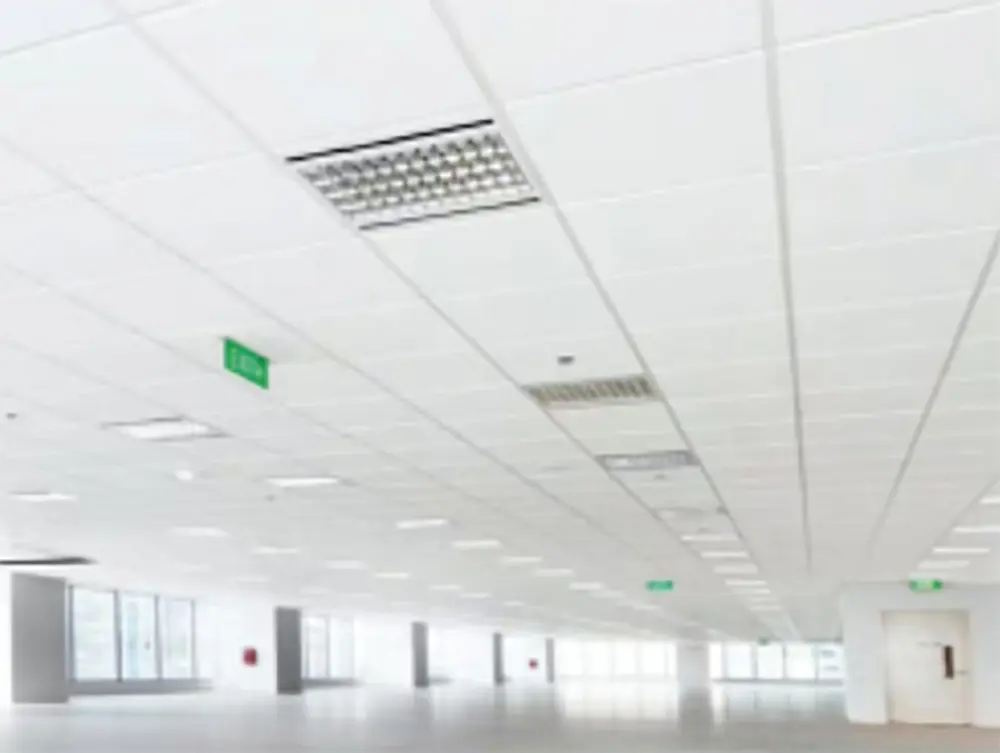 LEAO®Deco Ceiling
LEAO®Deco Ceiling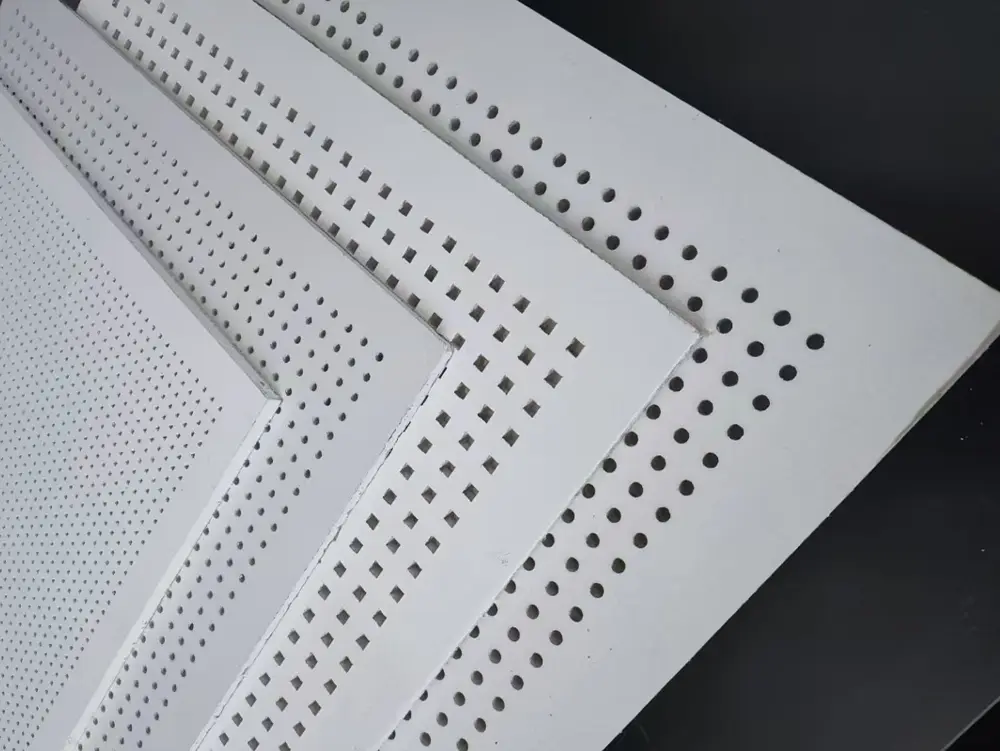 LEAO® Perforated Ceiling
LEAO® Perforated Ceiling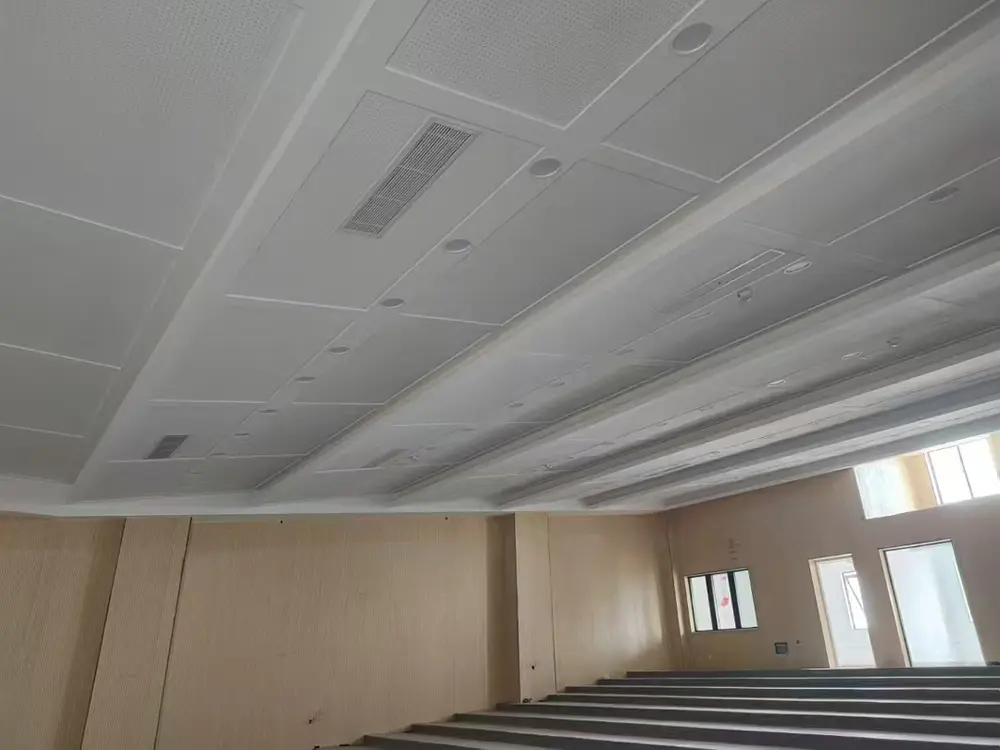 LEAO® Ceiling Board
LEAO® Ceiling Board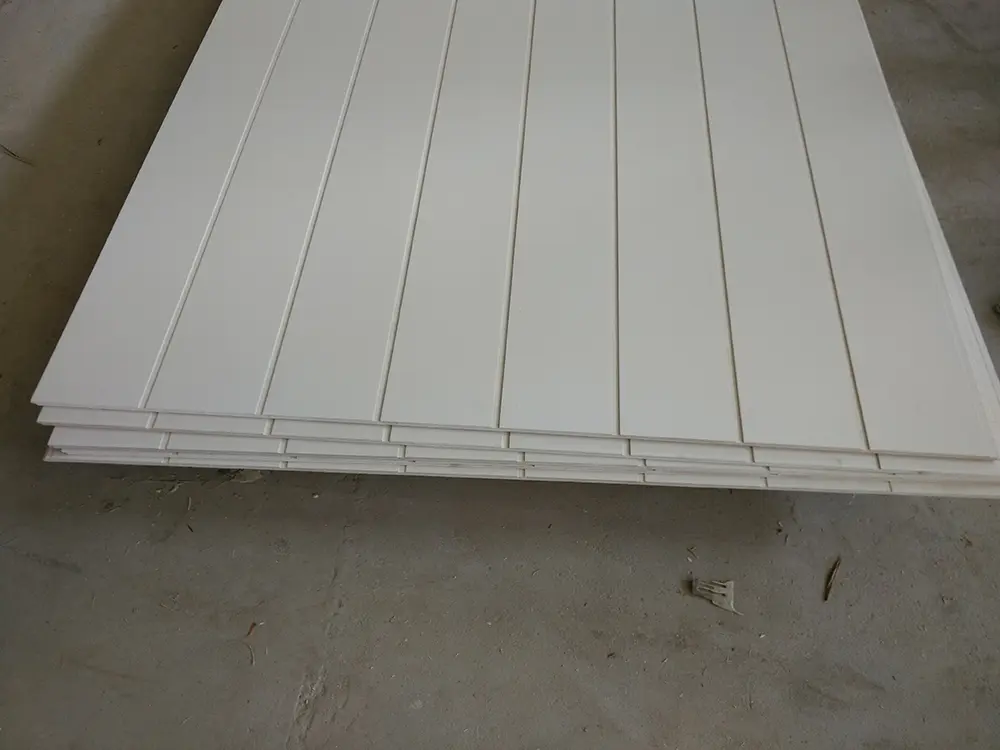 LEAO® Groove Interior Panel
LEAO® Groove Interior Panel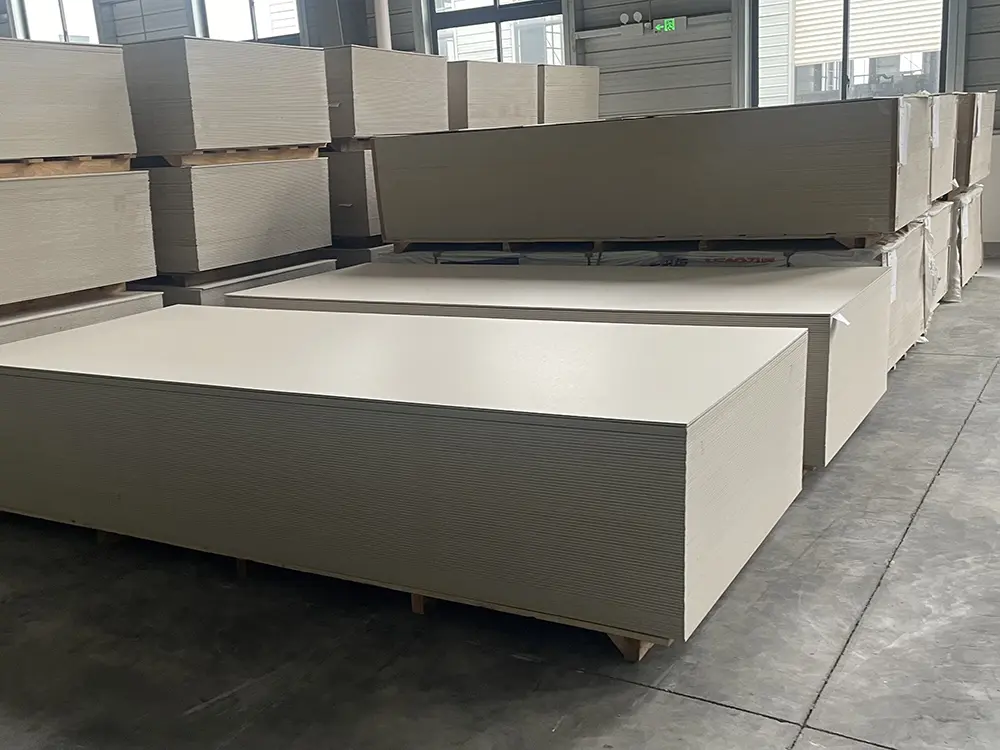 LEAO® Interior Board
LEAO® Interior Board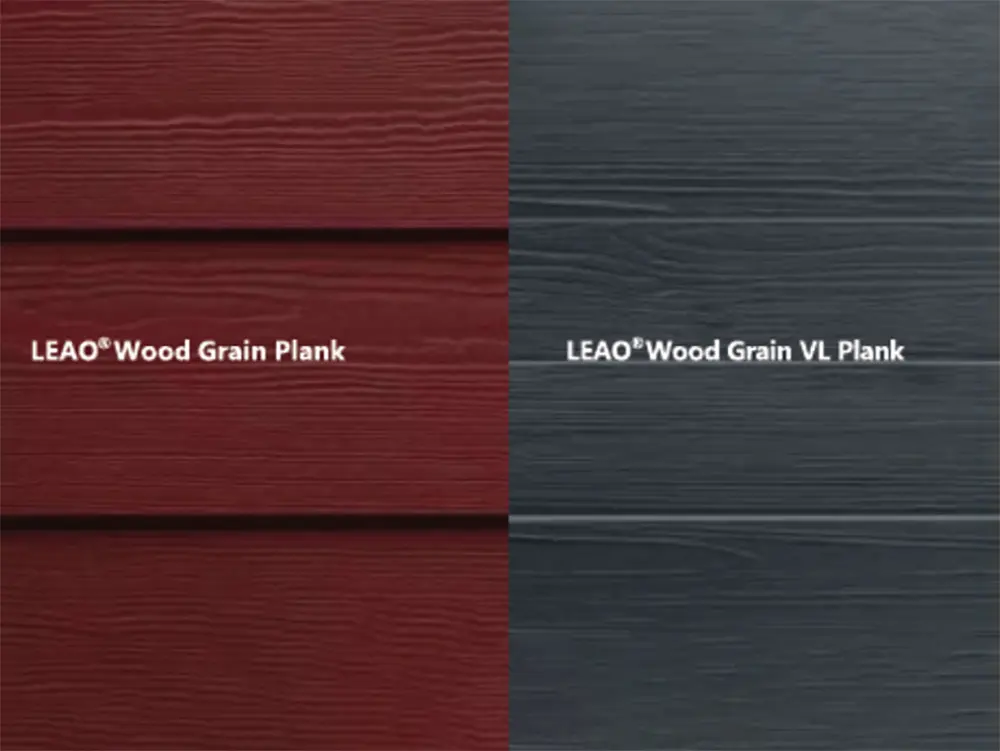 LEAO® Wood Grain Plank
LEAO® Wood Grain Plank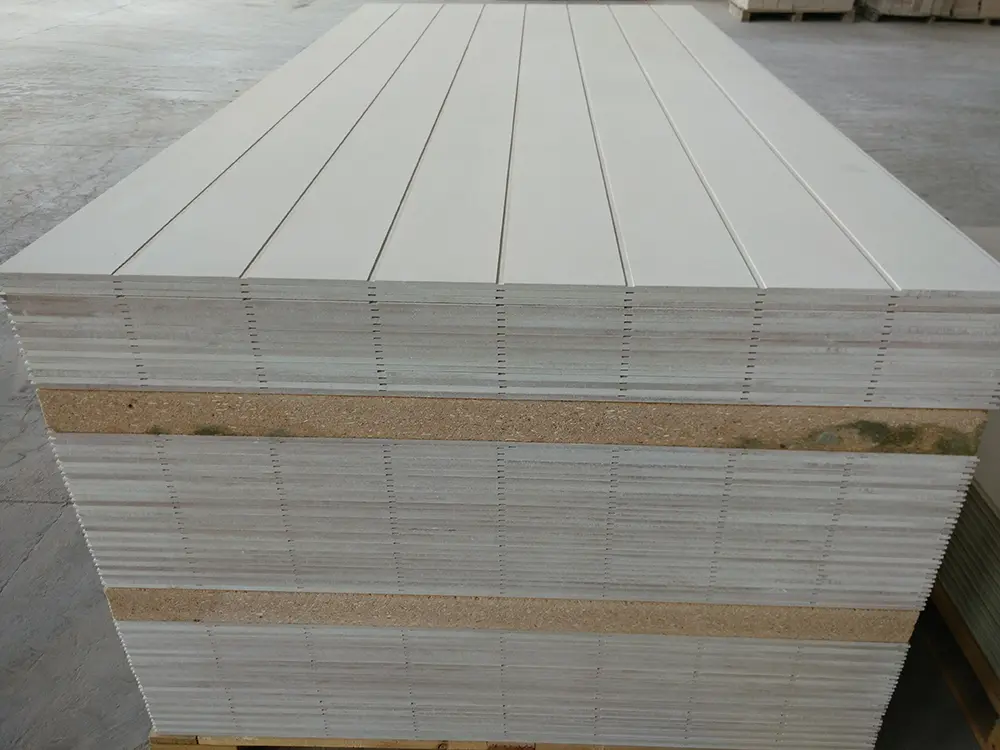 LEAO® Grooved Exterior Panel
LEAO® Grooved Exterior Panel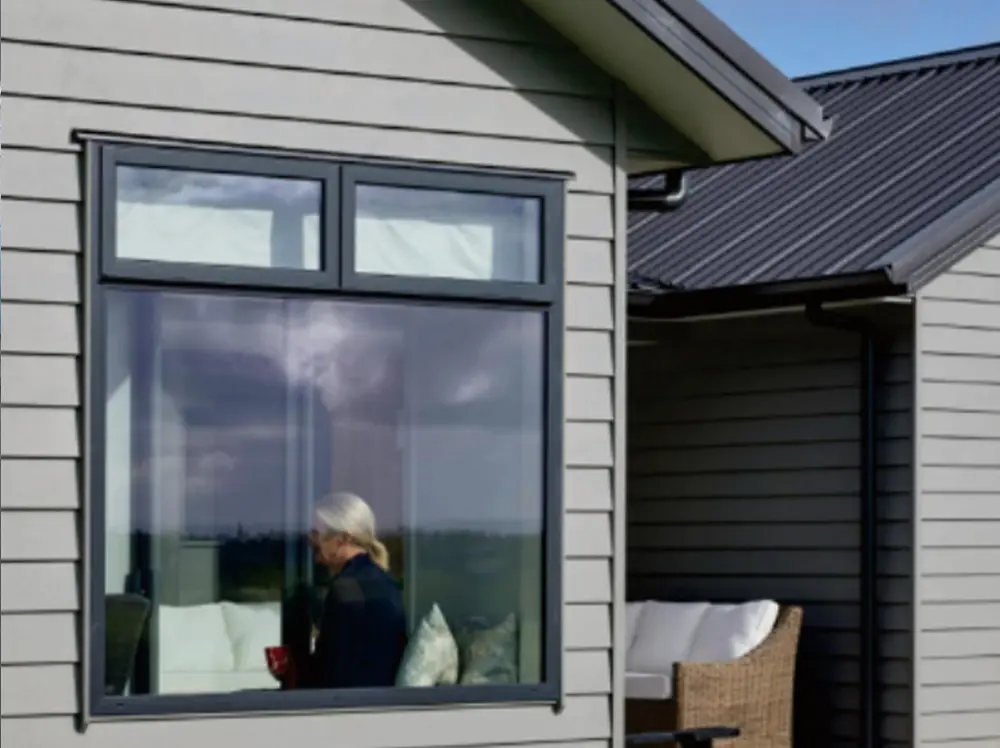 LEAO® Weatherboard
LEAO® Weatherboard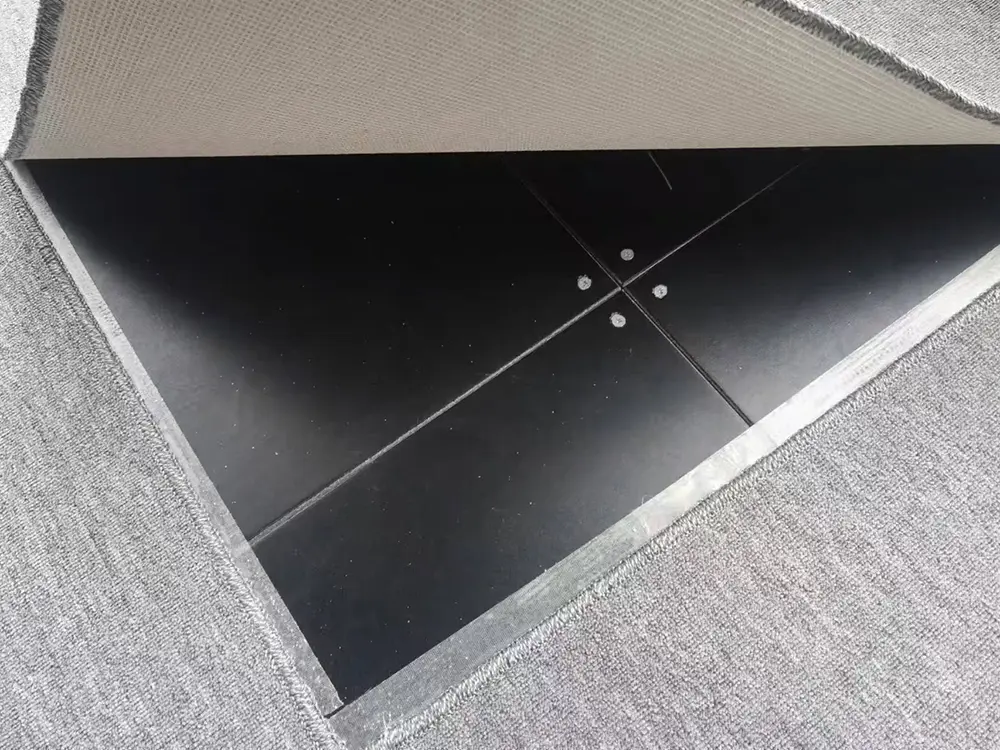 LEAO® Access Floors
LEAO® Access Floors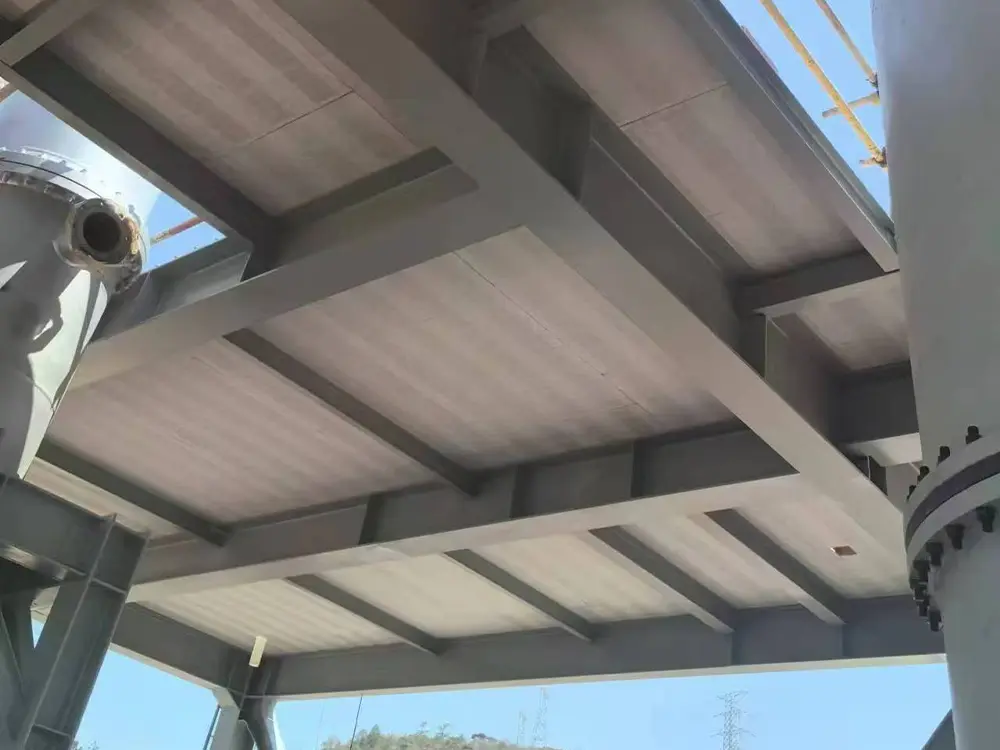 LEAO® Non-removable Formwork
LEAO® Non-removable Formwork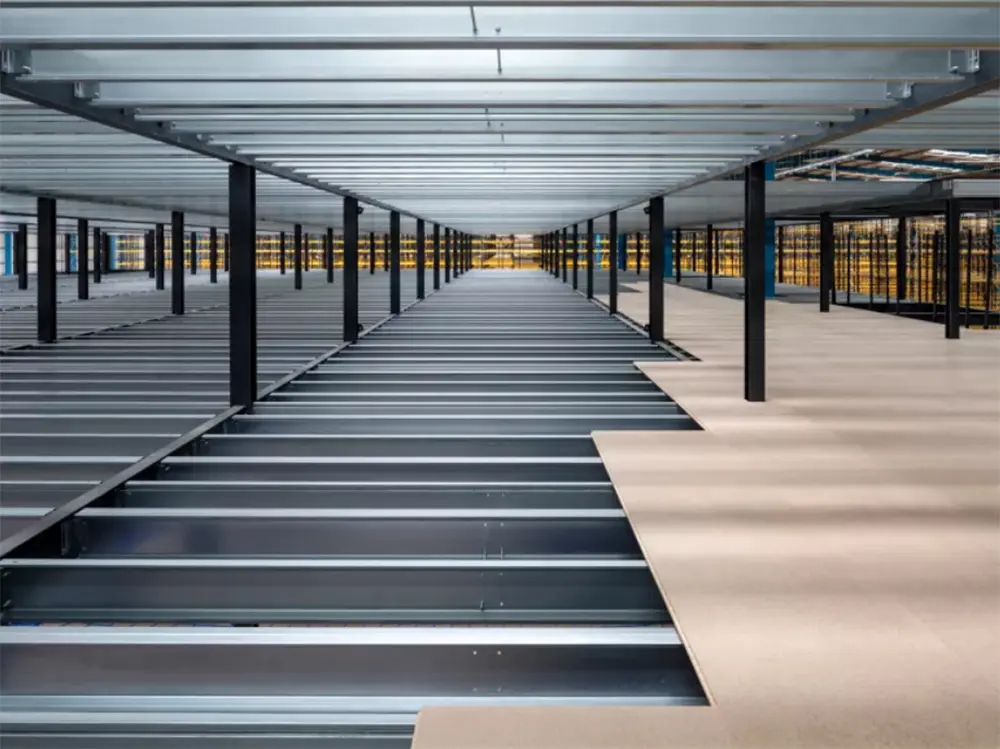 LEAO® Mezzanine Board
LEAO® Mezzanine Board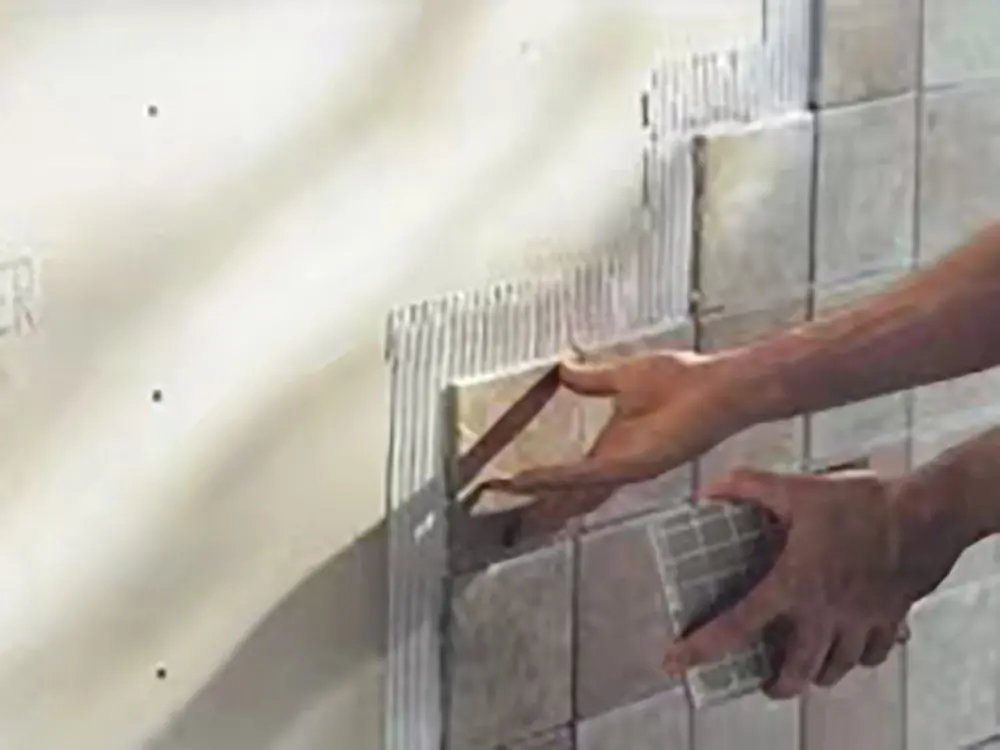 LEAO® Ceramic Tile Underlay
LEAO® Ceramic Tile Underlay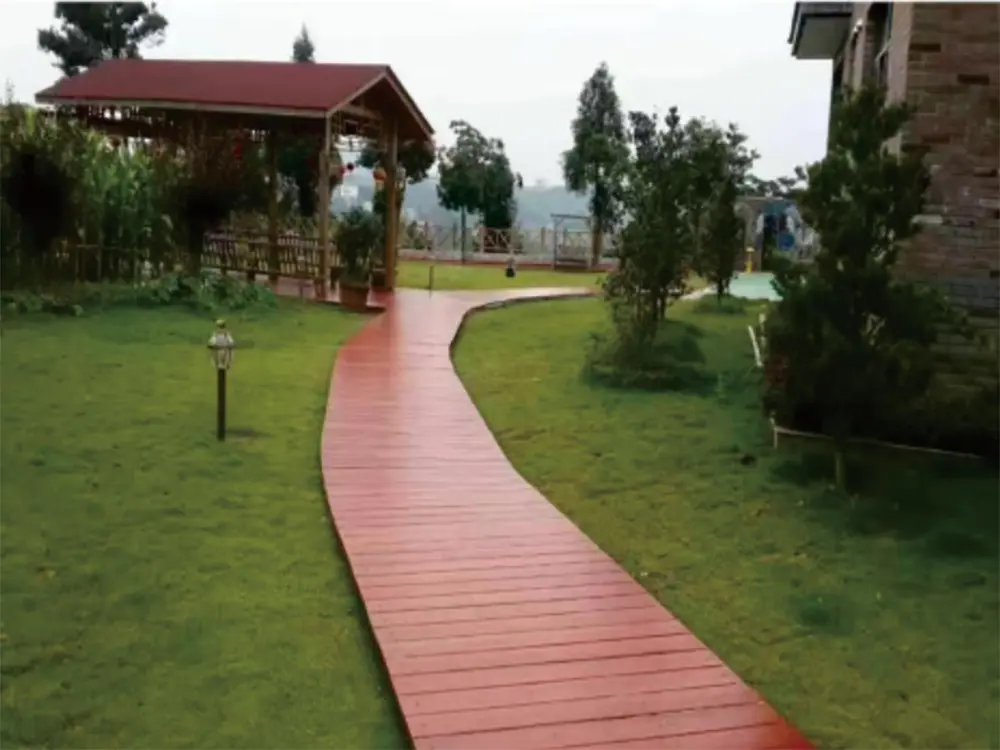 LEAO® Floor Plank
LEAO® Floor Plank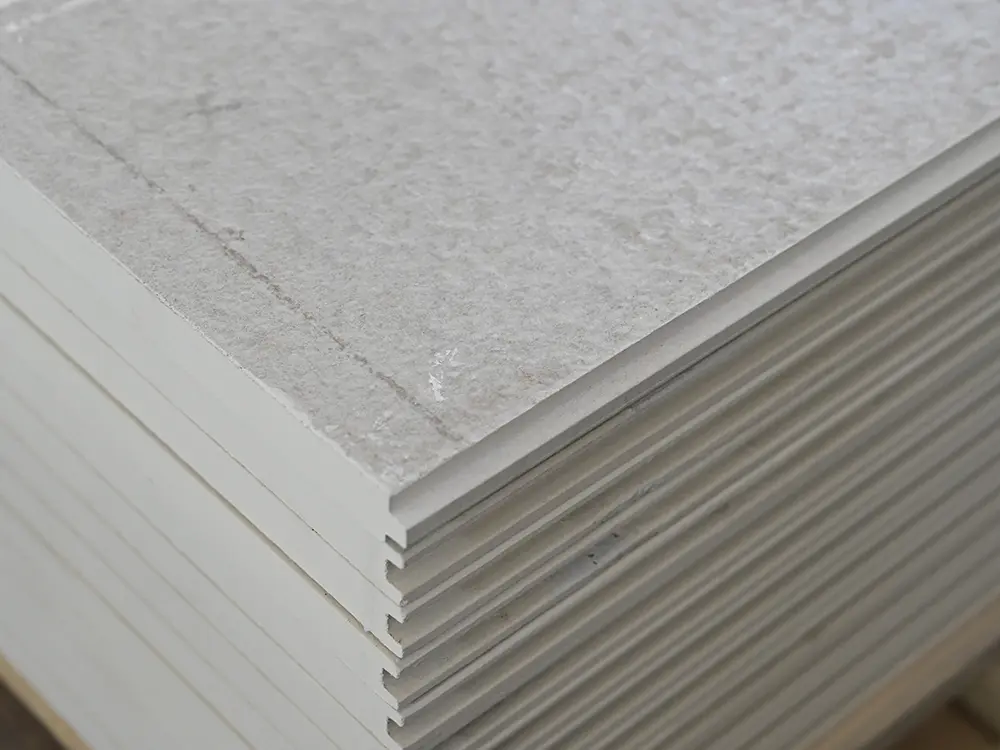 LEAO® Flooring
LEAO® Flooring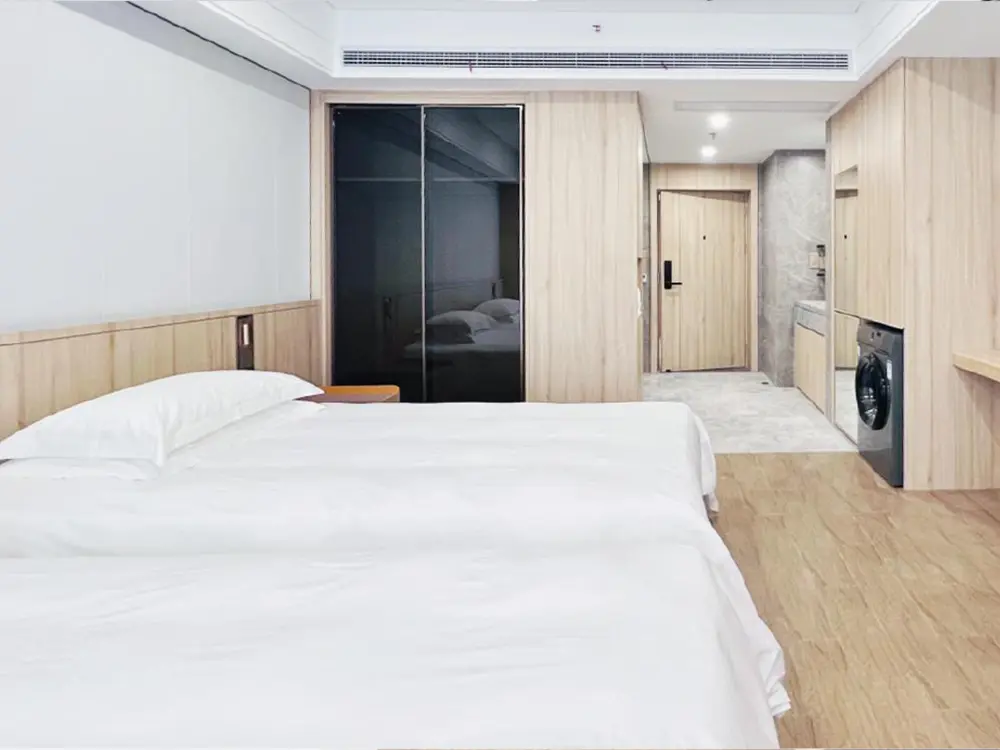 LEAO® Wood Style Decorative Panel
LEAO® Wood Style Decorative Panel LEAO® Stone Style Decorative Panel
LEAO® Stone Style Decorative Panel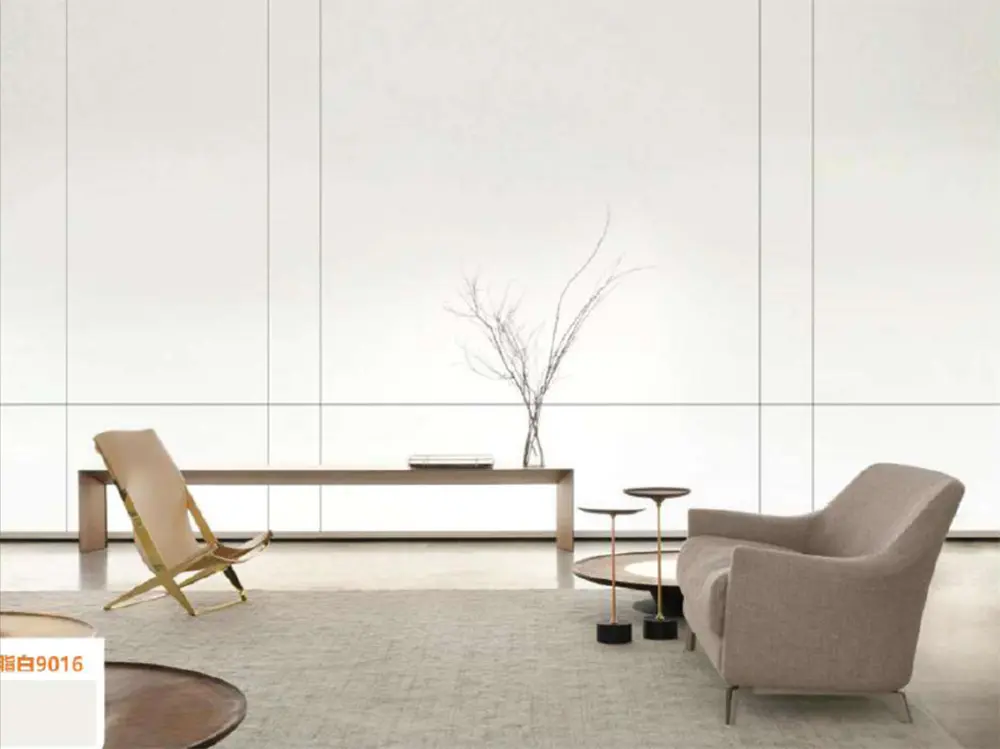 LEAO® Pure Style Decorative Panel
LEAO® Pure Style Decorative Panel